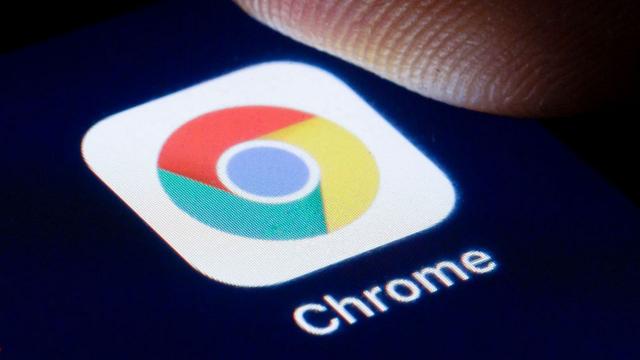While you can play games in your Chrome browser today, the experience leaves a lot to be desired. Google wants to change that.
Google announced this week that has added the low-level WebCodecs and WebGPU APIs into the latest beta of Chrome, which is version 94. They’re basically two APIs that are designed to make Chrome more compatible in gaming for two ways. The first is by eliminating overheads in video and audio decoders that might result in laggy playback, while the second gives developers lower-level access to a computer’s graphics hardware.
“WebGPU exposes modern computer graphics capabilities, specifically Direct3D 12, Metal, and Vulkan, for performing rendering and computation operations on a graphics processing unit,” Google announced.
Chrome has plenty of functionality today for playing games, and playing games through video streams. The latter is what basically powers services like Google Stadia or GeForce Now on the client side. Those are technologies that are already super sensitive to excess lag, so much so that the technology today isn’t really suited to whole genres of games. (Red Dead Redemption 2 might be fine as a cloud gaming experience, but trying to play, say, Apex Legends or PUBG through the cloud with added latency is a recipe for disaster.)
While WebCodecs is more targeted at laptops and the lower-end devices that might need to run programs through the cloud, WebGPU opens some interesting possibilities for existing developers. There are a ton of games accessible through the browser today, although their performance can vary massively. The browser-based version of Diablo runs a lot better in Mozilla Firefox than it does Chrome, although it’s a little laggier than if you were to download the game normally. Tomb Raider was playable through the browser as well, although Malwarebytes is reporting that website as a Trojan now. The Internet Archive has tens of thousands of playable retro games that are accessible through your browser too, but again, the experience there can be pretty laggy.
Moving to the WebGPU API can not only help all those sorts of games run a little more smoothly, but it should allow web developers to produce more graphically powerful experiences too. That’s not just limited to games, ports of games, or experiences that, say, might have traditionally been built in HTML5 for a game jam. It also includes things like KODE, an interactive website built for an upcoming sports club that’s being built in New Cairo. Or playable interactive galleries. WebGL can also help devs access the computer resources necessary for things like machine learning.
But having the feature is one thing: what matters is what devs will actually do with it. And they won’t be able to do too much until both technologies are completely out in the wild. While WebCodecs is accessible now — it’ll be a default feature once Chrome 94 leaves beta — WebGPU isn’t expected to ship proper until Chrome 99. The official Chrome schedule expects Chrome 96 will be out in mid to late November, so Chrome 99 wouldn’t appear until March 2022 at the earliest, provided there’s no unexpected delays.

Leave a Reply